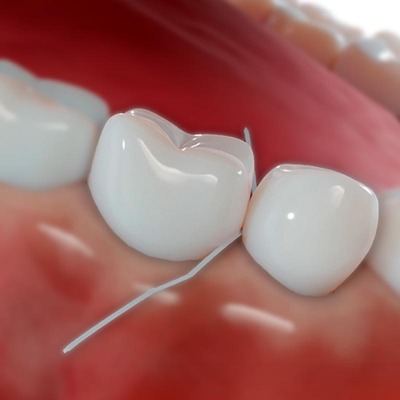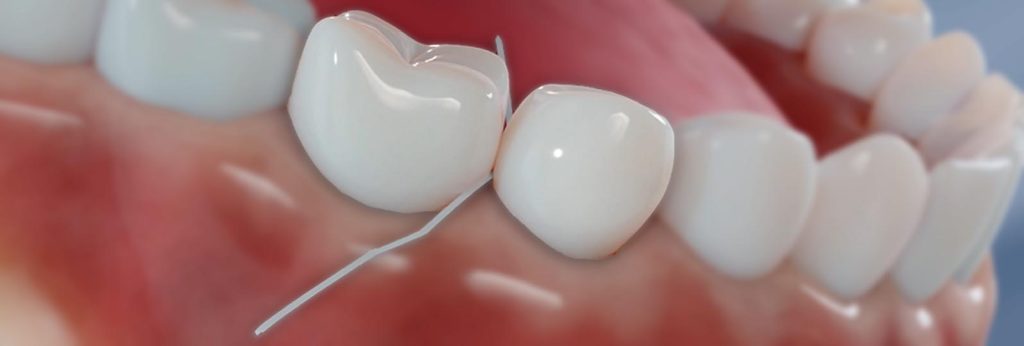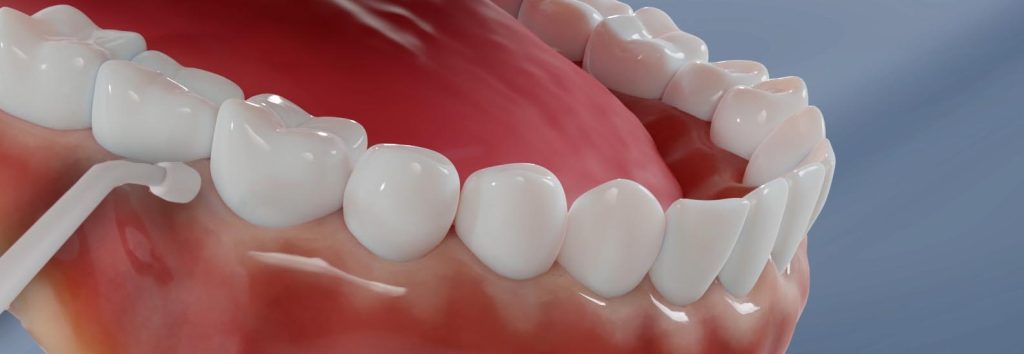From Frysh Dental Group to Prestonwood Family Dentistry. Carrying forward more than 30 years of Exceptional Patient Care.
From Frysh Dental Group to Prestonwood Family Dentistry. Carrying forward more than 30 years of Exceptional Patient Care.
From Frysh Dental Group to Prestonwood Family Dentistry. Carrying forward more than 30 years of Exceptional Patient Care.
From Frysh Dental Group to Prestonwood Family Dentistry. Carrying forward more than 30 years of Exceptional Patient Care.

Flossing removes plaque and food particles between teeth that brushing alone can’t reach. This helps prevent cavities, gum disease, bad breath, and other chronic oral health issues that may affect overall health.
Failing to adequately clean between teeth can contribute to gum disease, cavities, and chronic oral health issues that can spread throughout the body. However, flossing is most effective when done with the proper technique.

